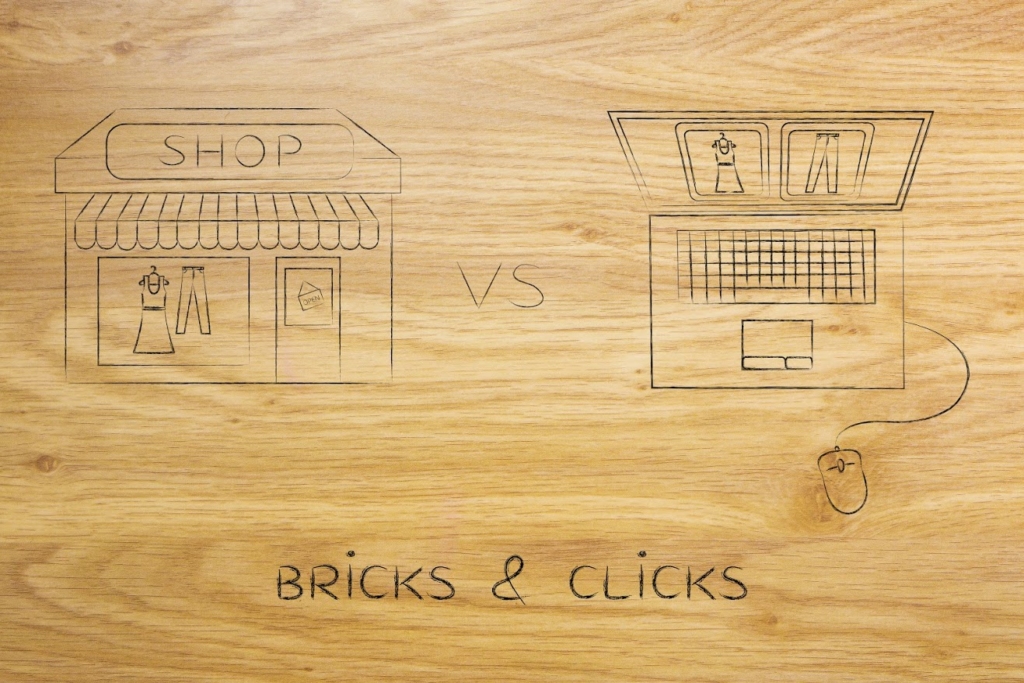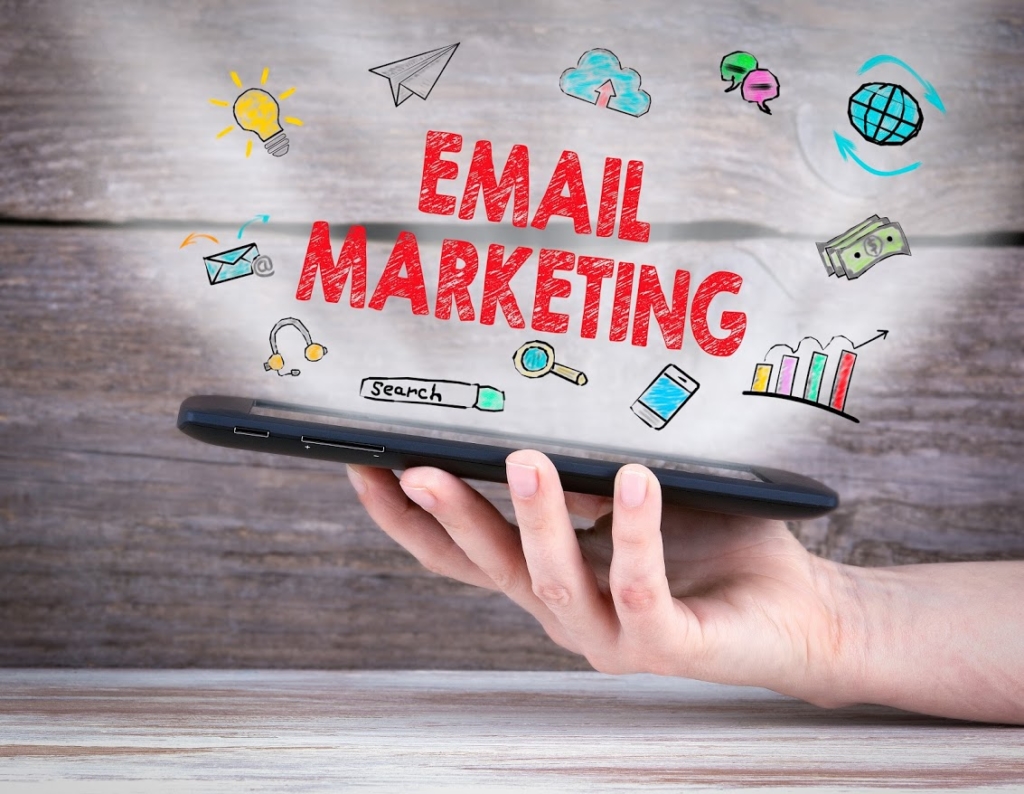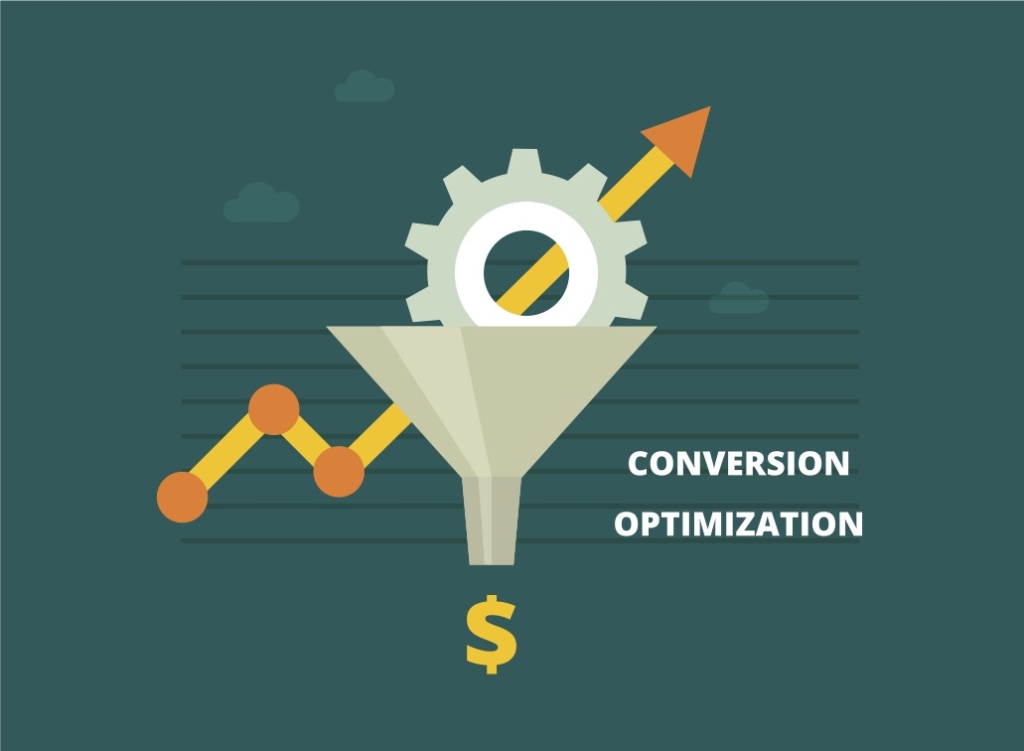[fusion_builder_container type=”flex” hundred_percent=”no” equal_height_columns=”no” hide_on_mobile=”small-visibility,medium-visibility,large-visibility” background_position=”center center” background_repeat=”no-repeat” fade=”no” background_parallax=”none” parallax_speed=”0.3″ video_aspect_ratio=”16:9″ video_loop=”yes” video_mute=”yes” border_style=”solid”][fusion_builder_row][fusion_builder_column type=”1_1″ layout=”1_1″ background_position=”left top” border_style=”solid” border_position=”all” spacing=”yes” background_repeat=”no-repeat” margin_top=”0px” margin_bottom=”0px” animation_speed=”0.3″ animation_direction=”left” hide_on_mobile=”small-visibility,medium-visibility,large-visibility” center_content=”no” last=”true” hover_type=”none” first=”true”][fusion_text hide_on_mobile=”small-visibility,medium-visibility,large-visibility” sticky_display=”normal,sticky” animation_direction=”left” animation_speed=”0.3″ animation_delay=”0″]
The study and practice of ecommerce is growing at an exceedingly rapid speed where there seems to be more advice given and less action taken in a way that really makes sense to many of us. If you’re feeling a bit overwhelmed on how to approach it, know that you’re not alone and we’re here to help.
We have created a brief guideline of some of the advice we give to our clients who are looking at creating the best user experience online in order to generate more sales, reach higher ROI, and develop stronger brand recognition in the face of fierce competition.
According to
eCommerceCEO, ecommerce marketing is “closely aligning goals, strategies, and tactics to achieve sustainable traffic growth that results in online sales.” Meaning: boost your web traffic and optimize user experience for conversion.
The mega business of ecommerce is only going to pick up momentum. According to
Digital Commerce 360, in 2020 Online spending represented 21.3% of total retail sales for the year. The driver? Digital. Technology has revolutionized the way people shop and how retailers operate. And, quickly.
Keep in mind that all tips and tricks (here, there, and everywhere) should be applied to your businesses’ lens. Filter incoming information based on your goals, objectives, and learnings. Plug: Fidelitas can help you navigate these steps to help your business succeed and will do the guesswork for you.
Before we begin, let’s look at some of the primary reasons that have allowed this shift to be as strong as it is today:
- Consumers are using smartphones and tablets as their primary mode for purchasing.
- Shopping sites are now global, so people can shop from all over the world.
- We want things fast and easy… simple.
Differences to Consider: Brick-and-Mortar vs. Online Retail

While the objective may be the same (increase sales), different techniques must be taken to get similar results.
Physical retail stores and ecommerce acquire customers differently. A customer may stumble upon an actual store, but goes directly to the website. Ecommerce businesses should place heavier marketing emphasis on direct acquisition, traffic, and a direct call to action, while in-store retailers should generally position themselves through brand awareness and recognition.
10 Tips and Tricks to get the most out of Ecommerce:
1) Strategize Before Starting:
- Begin with a content marketing strategy, and build in some space to pivot and change your mind based on what data and responses show. Write out all of the ways you are going to target your customers and check in with your strategy every week or month to assess how it’s going.
- Understand your target audience. Consider demographics, interests, and other personal attributes. Know who you’re targeting and develop your marketing strategy with that type of person in mind.
- Be aware of SEO and build in your tracking based off of which SEO keywords work best for your product. This will, and should, take some research.
2) Prioritize Email Marketing:

- Yes, email still has a place… and it’s BIG. This is still one of the most powerful promotional tools available to retailers — online and off. It is crucial for influencing your customers and getting them to buy more. Don’t worry about annoying them; if you’re sending at an appropriate frequency, they expect to receive them.
- Keep it original, catchy, fun, and establish top of mind awareness while offering users a reason to open. If doing a resend, consider adding a different subject line.
- With A/B testing, you can compare different sign up methods. Depending on your email platform, there are a few split tests you can set up to understand which methods work best for your consumer.
- Be consistent and email your list regularly. Send out a welcome email as soon as a customer signs up to your newsletter, or let them know that their order is on its way. Don’t be weary of segmentation— specificity can lead to greater efficiency.
3) Enhance Your UX!
- Make it easy to navigate your site, help customers get to where they want to go, decrease the amount of clicks needed for action, and make the checkout process easy.
- Some ideas:
- A/B test your checkout process to help lessen your abandoned cart. Understand exactly which buttons and words to use to help convince people to buy.
- Make your site simple, clean, and concise. Anything else will leave the consumer confused.
- If your site loads slowly, invest in performance.
- If your site is not mobile optimized, make it responsive.
- If your checkout is confusing, clean it up.
4) Diversify Your Social
- It’s hard to know which platforms to use, or not to use. Diversify, keep a mindful eye on performance, and eventually you’ll be able to discern which to keep and which to ditch.
- Don’t forget you can automate your social. Not every platform needs to be automated, but where you can add efficiencies like automation, be sure to — it’s a great time saver.
5) Personalize, Stay Authentic, and…

- Address people with their first names in emails whenever possible (be sure you collect first name when you get their email address), send out images of your employees to boost engagement, and show how your products are made. It will help your customers feel special and get an “inside look” to how things are done.
- Original content will go much farther than content pulled from the web because it will have your voice and customers can sense when something is authentic or not. Try using video, blogs, and audio to personalize the experience even more.
- Develop a guide for your writers to maintain consistent voice and tone throughout your site and all related channels.
6) They’ve Already Said Yes: Upsell
Keys for a good upsell:
- Make your upsells related to the original product.
- Be sensitive to the price range of your customers.
- Make the new product better than the original.
7) Be Mobile-Friendly
- Ensure customers receive the same, or a very similar experience, whether they are on desktop or their phones. When QAing your site, be sure to look at how it is showing on web and mobile.
- Consider using geolocation and mobile-ready ads to optimize your mobile performance.
8) Engage
People are very familiar with the format of a forum, which is a great way to build community (and SEO!). Create an outlet for people to speak out on trends, products they really like, rants, raves, and whatever they would like to bring to the e-table (in line with your brand or industry).
Be sure to monitor it for anything inappropriate and respond once in a while to form some identity around your company and brand. This is a great way to establish yourself as an industry leader.
9. Deliver a Top-Level Experience, Start to Finish
Do your delivery options measure up to competitors? Think about ways to speed up the process, from the actual check out to receiving the best delivery possible and customer aftercare. Make sure you have as few steps as possible throughout this process.
10. Conversion Rate Optimization

Sometimes this gets overlooked because it’s not as flashy as some other marketing tactics, but don’t miss it. Every ecommerce site should be keeping an eye on this on an ongoing basis. According to
Qualaroo, conversion rate optimization is “the process of testing and implementing changes to a website in order to improve website performance.”
For example, take a look at how your products are categorized and named — this can be a great gain in simple rewording. Other areas to look at: checkout, menu navigation, mobile usability, product photography, and product page improvements.
What’s Ahead
Digital technology has already started to disrupt the traditional retail process. Some things to be on the lookout for:
- Beacons: Devices that retailers use to automatically send notifications and discounts directly to shoppers’ smartphones when they enter a store. BI Intelligence expects the beacon installed base to swell from 96,000 in 2015 to 3.5 million in 2018 (Business Insider).
- Digital signage: These signs push ads and price changes to stores in real-time, which creates target sales for consumers. MarketandMarkets expects the global market value for digital signage to grow to $23.7 billion in 2020 from $15.8 billion in 2015 (hpcAsia.com).
- Smart mirrors: Let customers virtually try on clothes.
- Smart shelves: Automatically monitor inventory in stores and notifies the manager when an item is running low. Great for inventory management.
- Amazon Dash buttons: a Wi-Fi connected device that lets you reorder your favorite products just by pushing a button.
[/fusion_text][/fusion_builder_column][/fusion_builder_row][/fusion_builder_container]

 While the objective may be the same (increase sales), different techniques must be taken to get similar results.
Physical retail stores and ecommerce acquire customers differently. A customer may stumble upon an actual store, but goes directly to the website. Ecommerce businesses should place heavier marketing emphasis on direct acquisition, traffic, and a direct call to action, while in-store retailers should generally position themselves through brand awareness and recognition.
While the objective may be the same (increase sales), different techniques must be taken to get similar results.
Physical retail stores and ecommerce acquire customers differently. A customer may stumble upon an actual store, but goes directly to the website. Ecommerce businesses should place heavier marketing emphasis on direct acquisition, traffic, and a direct call to action, while in-store retailers should generally position themselves through brand awareness and recognition.


 Sometimes this gets overlooked because it’s not as flashy as some other marketing tactics, but don’t miss it. Every ecommerce site should be keeping an eye on this on an ongoing basis. According to Qualaroo, conversion rate optimization is “the process of testing and implementing changes to a website in order to improve website performance.”
For example, take a look at how your products are categorized and named — this can be a great gain in simple rewording. Other areas to look at: checkout, menu navigation, mobile usability, product photography, and product page improvements.
Sometimes this gets overlooked because it’s not as flashy as some other marketing tactics, but don’t miss it. Every ecommerce site should be keeping an eye on this on an ongoing basis. According to Qualaroo, conversion rate optimization is “the process of testing and implementing changes to a website in order to improve website performance.”
For example, take a look at how your products are categorized and named — this can be a great gain in simple rewording. Other areas to look at: checkout, menu navigation, mobile usability, product photography, and product page improvements.